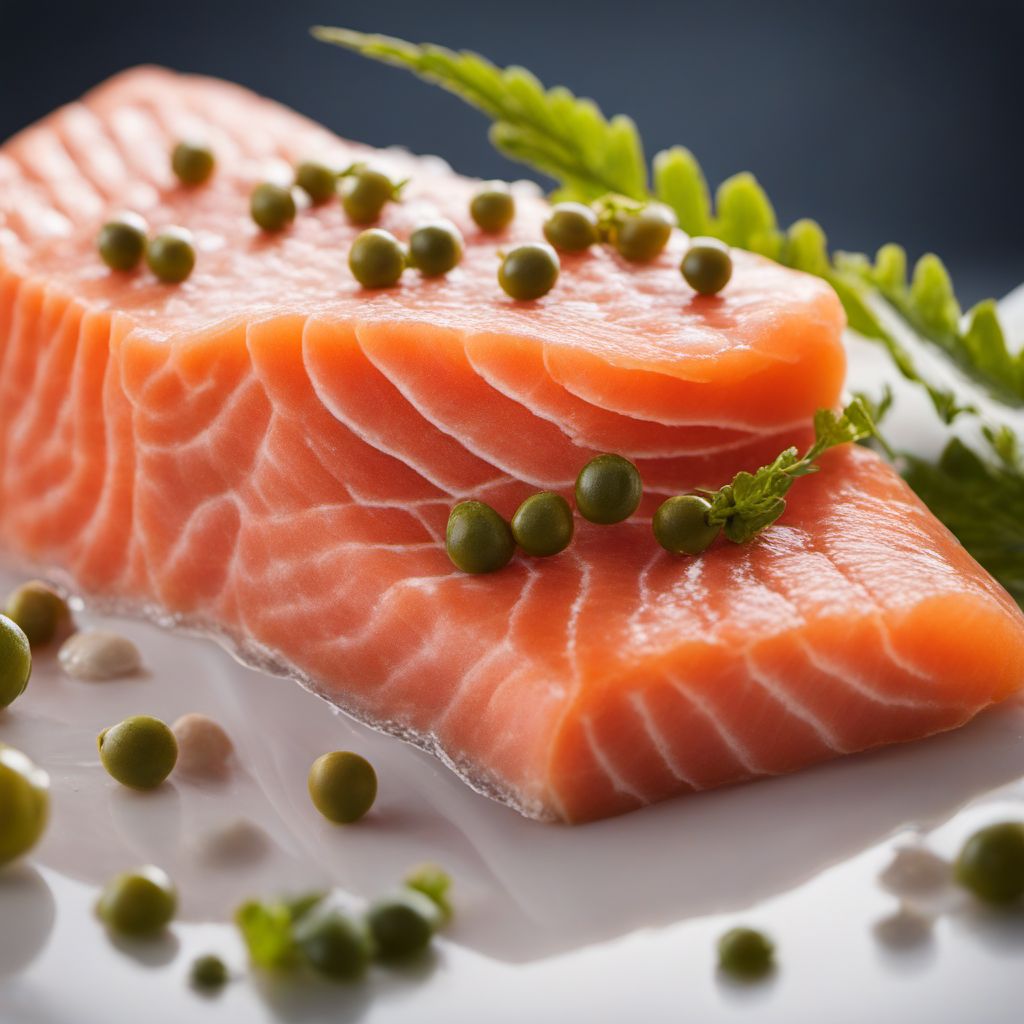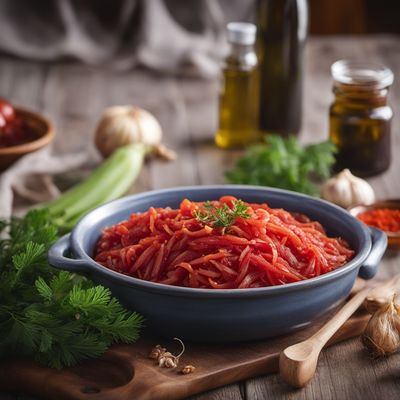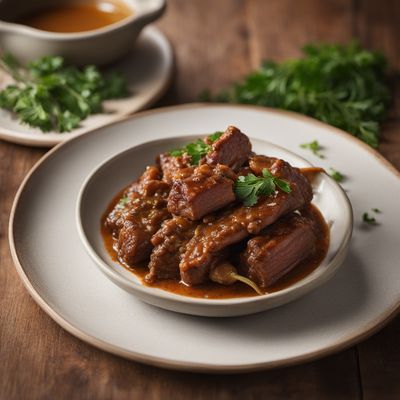
Ingredient
Salmons
The Mighty Swimmer
Salmons are a type of fatty fish known for their distinct flavor and tender flesh. They can be prepared in various ways, such as grilling, baking, or smoking, and are widely enjoyed for their nutritional value and culinary appeal.
Origins and history
Salmons are native to the North Atlantic and Pacific Oceans, where they have played a significant role in the diets and cultures of indigenous communities for centuries. They are also commercially farmed in many countries to meet the high demand for their delicious meat.
Nutritional information
Salmons are an excellent source of omega-3 fatty acids, high-quality protein, and essential nutrients like vitamin D and selenium. They are also low in saturated fat and calories, making them a healthy choice for a balanced diet.
Allergens
Salmons may cause allergic reactions in individuals with fish allergies. It is important to be cautious and avoid consuming salmons if you have a known allergy.
How to select
When selecting salmons, look for ones that have firm, shiny flesh with no signs of discoloration or strong fishy odor. The skin should be intact and have a vibrant color. If buying whole salmons, check for clear, bright eyes and red gills as indicators of freshness.
Storage recommendations
To maintain the freshness and quality of salmons, store them in the refrigerator at temperatures below 40°F (4°C). If not consumed immediately, they can be wrapped tightly in plastic wrap or stored in airtight containers to prevent any moisture or air from affecting their taste.
How to produce
Salmons are typically caught in the wild or farmed in controlled environments. They require specific conditions, such as clean water and proper nutrition, to thrive. However, amateur fishermen can also try their luck in catching salmons in designated fishing areas.
Preparation tips
Salmons can be prepared in various ways, such as grilling, baking, poaching, or smoking. They can be seasoned with herbs, spices, or citrus fruits to enhance their natural flavors. Additionally, salmons are commonly used in sushi, sashimi, salads, and pasta dishes.
Substitutions
Tuna, mackerel, or trout can be used as suitable substitutes for salmons in recipes that call for their distinct flavor and texture. However, the overall taste and characteristics may vary.
Culinary uses
Salmons are widely used in cuisines around the world. They are often featured in dishes like grilled salmon with lemon butter sauce, salmon teriyaki, or smoked salmon bagels.
Availability
Salmons are commonly available in regions with access to oceans or freshwater bodies. They are particularly abundant in North America, Europe, and parts of Asia.



